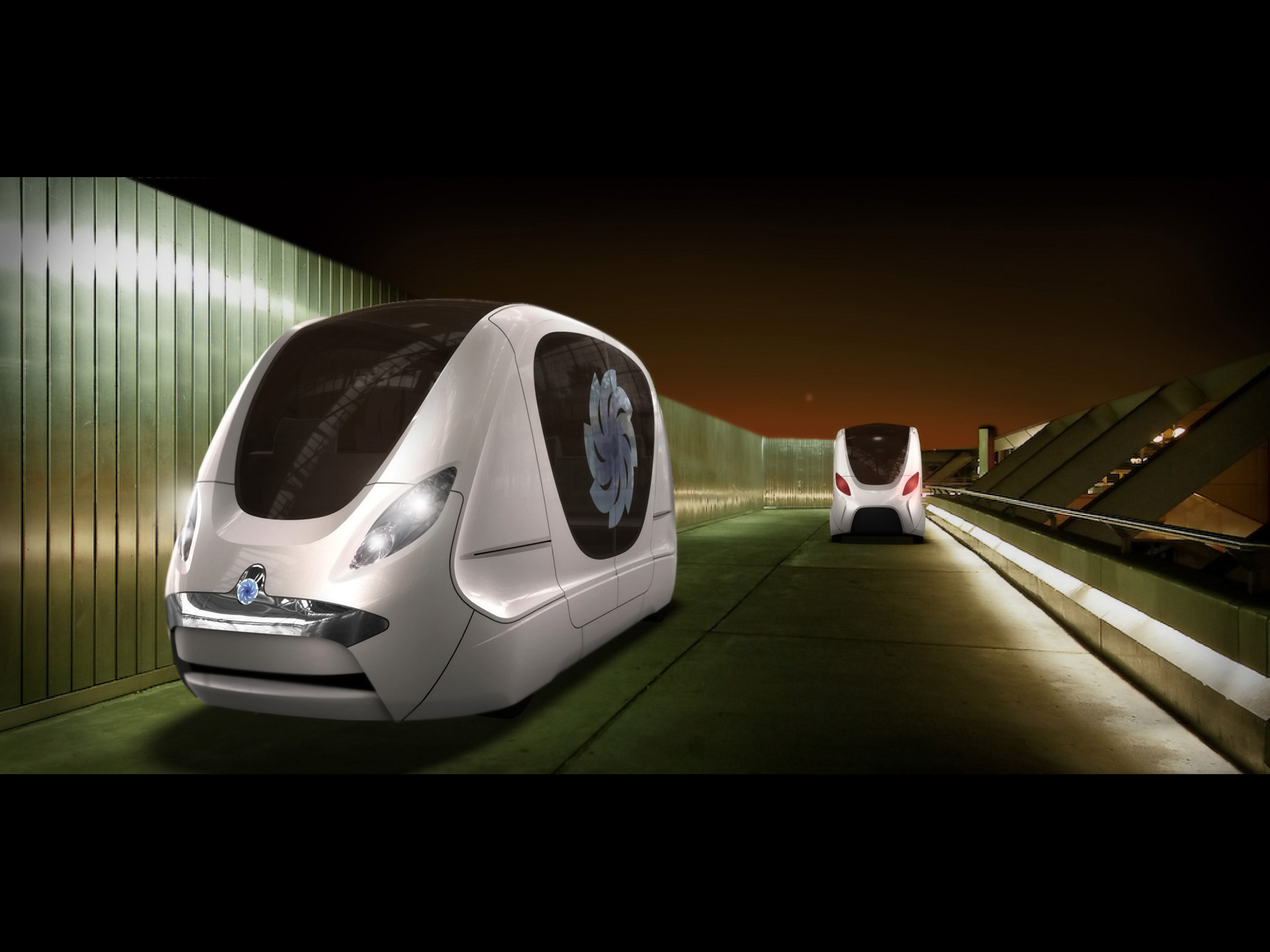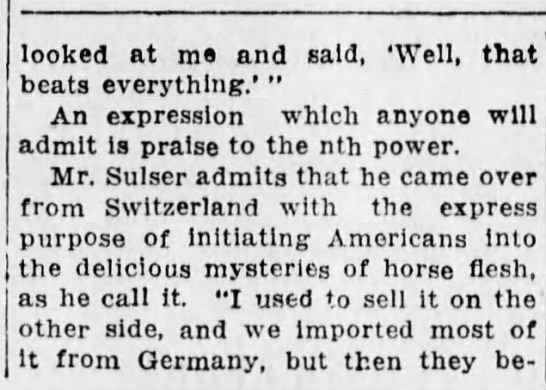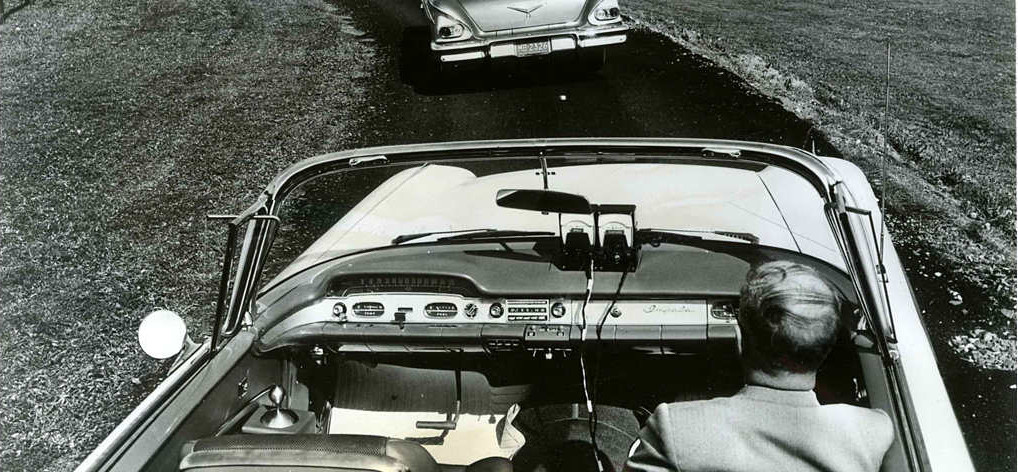When the planners cancelled the driverless pod cars, I knew there was trouble in Masdar City.
The proposed green oasis on the fringes of Abu Dhabi was supposed to be a zero-carbon technotopia, a city of 50,000 centered around green-tech industry, but ten years after its auspicious beginnings, the entire project may be driving into a ditch like its zippy, futuristic vehicles. From Suzanne Goldenberg at the Guardian:
Years from now passing travellers may marvel at the grandeur and the folly of the futuristic landscape on the edges of Abu Dhabi: the barely occupied office blocks, the deserted streets, the vast tracts of undeveloped land and – most of all – the abandoned dream of a zero-carbon city.
Masdar City, when it was first conceived a decade ago, was intended to revolutionise thinking about cities and the built environment.
Now the world’s first planned sustainable city – the marquee project of the United Arab Emirates’ (UAE) plan to diversify the economy from fossil fuels – could well be the world’s first green ghost town.
As of this year – when Masdar was originally scheduled for completion – managers have given up on the original goal of building the world’s first planned zero-carbon city.
Masdar City is nowhere close to zeroing out its greenhouse gas emissions now, even at a fraction of its planned footprint. And it will not reach that goal even if the development ever gets fully built, the authorities admitted.
“We are not going to try to shoehorn renewable energy into the city just to justify a definition created within a boundary,” said Chris Wan, the design manager for Masdar City.
“As of today, it’s not a net zero future,” he said. “It’s about 50%.”
___________________
The great pod-car dream of yore.
















































